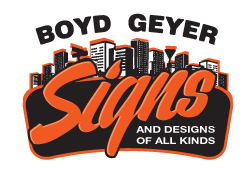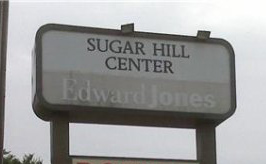Vector art is always the best, sometimes.
When submitting artwork or logos, some of our preferred file types are:
AI, EPS, PDF (vector or combined) with all text converted to outlines.
Tif, PSD (raster) 150ppi or higher is best.
We do accept more common filetypes, including jpgs, word docs, etc.. but there may be additional charges for recreating artwork not suitable for your project. Logos and art work from the web are very low quality and almost always need to be recreated for an additional artwork fee. If your artwork is a photographic print, a large jpg will usually work fine.
To ensure the best possible print quality for your next project, submitting the proper file format and/or size is very important. Whether you have a logo or have designed a layout yourself, the following info will help us expedite your project smoothly and output the best quality graphics possible.
If you have any questions or concerns, feel free to give us a call or submit what you do have and we will help you decide on the right option for your project.
Raster vs. Vector art
The two main types of artwork today are raster vector. Raster art is the most common type of artwork and is the most popular type of art we receive, however, it is typically not the right type of art for large format printing. Any digital photos you take or graphics you see on the web are raster, or pixel-based files. This type of art is built using pixels that are set to a fixed size and quality, or ppi. The difficulty in using raster artwork is it does not allow for scaling without creating a blur or pixelization. Common filetypes of raster based art include, jpg, png, gif, tif, and bmp. Additionally, there is no way to create vinyl decals, like truck lettering and graphics, from raster art.
Vector artwork is usually found on professional graphics software such as Adobe Illustrator or Corel Draw. This type of art uses lines and shapes to achieve a complete graphic. Colors and shading is used to create very complex art. The most common use of vector art is found on company logos, which usually have between 2 and 4 colors, and maybe some gradients for depth. The benefits of vector art are many in the sign industry. First, if you have your art in vector format, there is no need to recreate your art, saving you money and ensuring your art is exactly in the color and style it was originally built to be. Second, vector art can be printed as well as cut out from vinyl at any size, giving you more options and uses for your artwork. Common vector filetype include, AI, EPS, SVG, and PDF.

The difference between raster and vector is quite clear as shown here. A zoomed in shot of the letter “A” reveals the pixels in a raster file and the smooth lines of a vector file.


